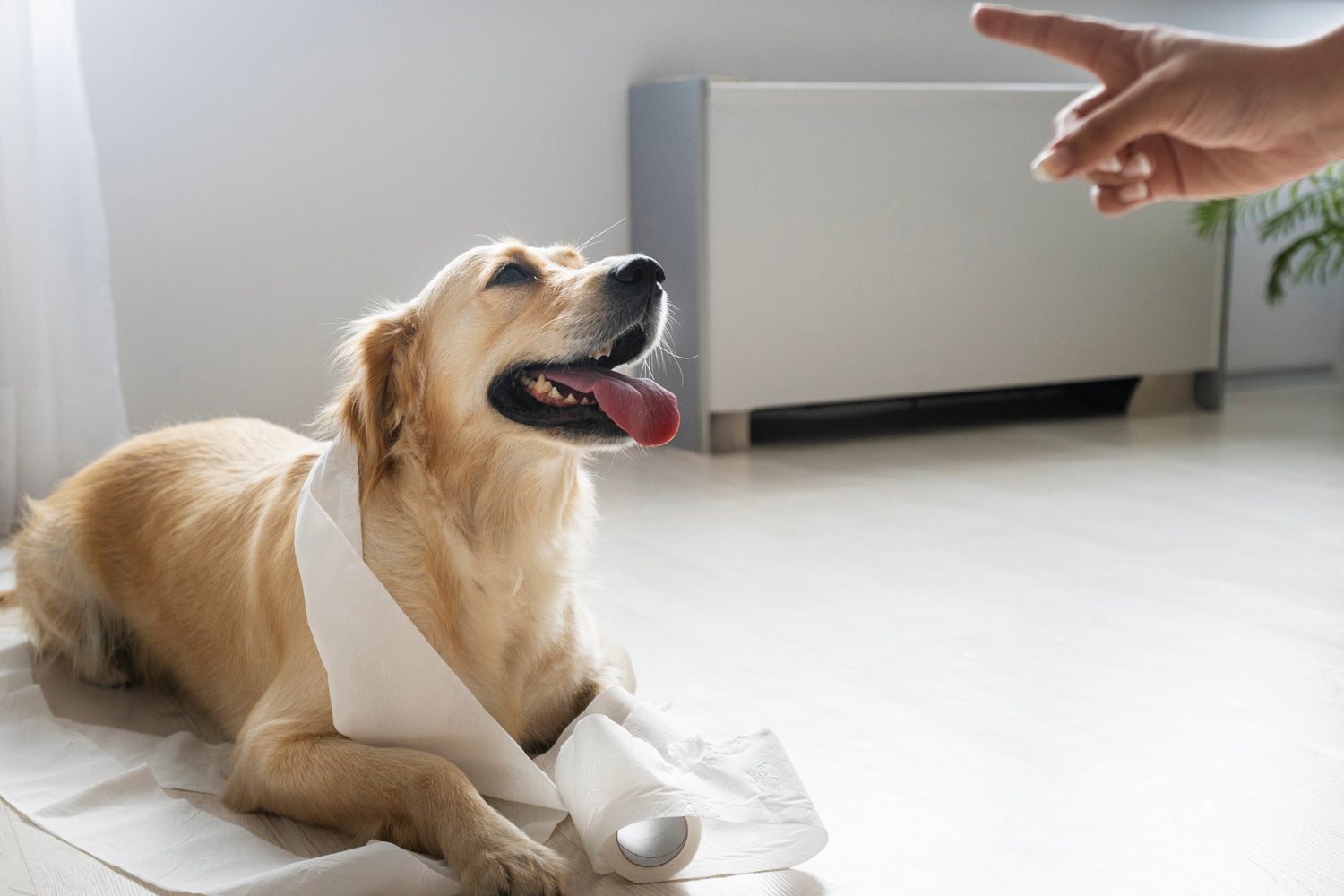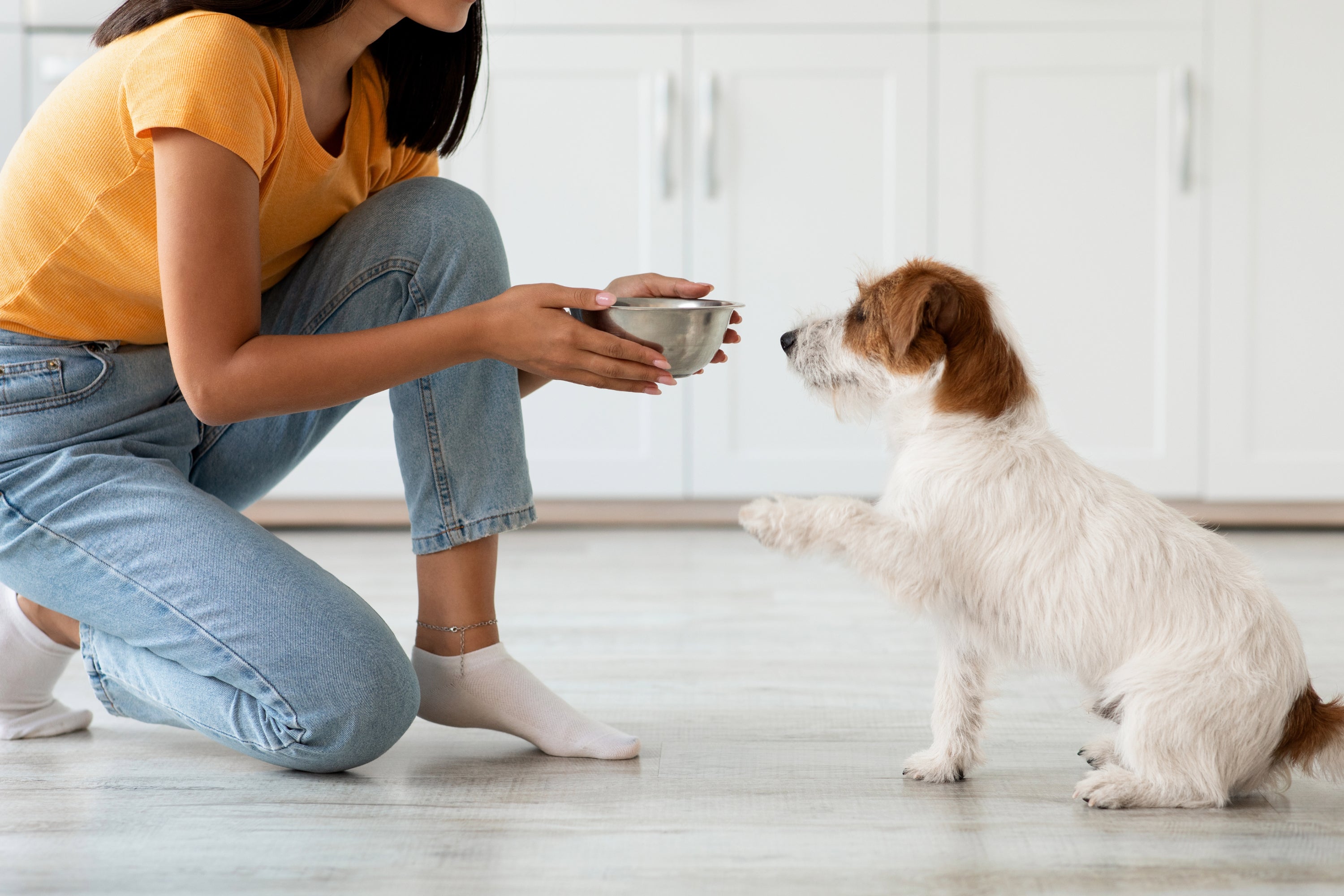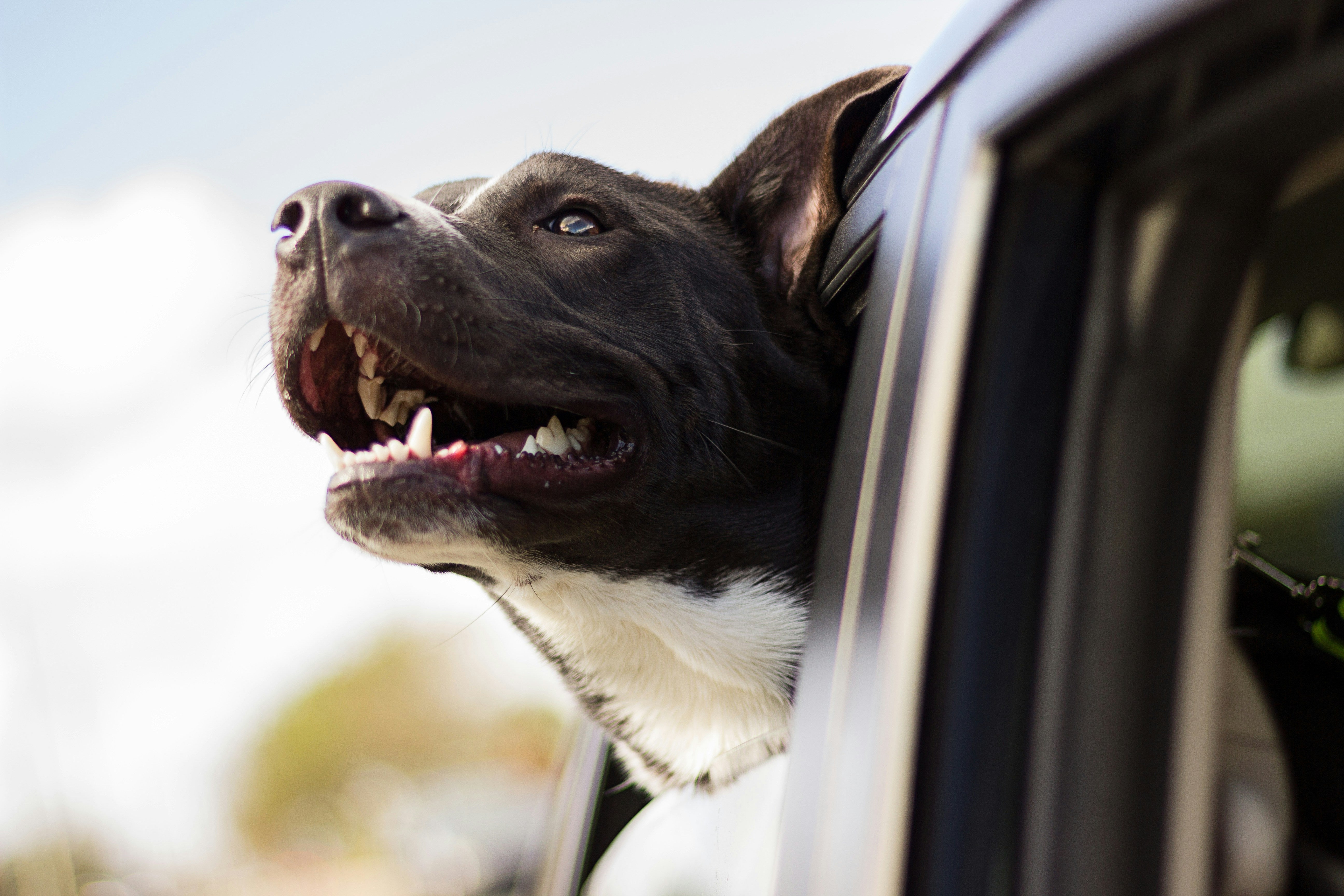Bringing a new puppy into your home is an exciting experience, but it also comes with responsibilities, one of the most important being toilet training. Teaching your puppy where and when to relieve themselves is crucial to ensure a clean and happy home. It might seem like a daunting task at first, but with patience, consistency, and positive reinforcement, you can successfully toilet train your puppy. Here’s a step-by-step guide to help you along the way.
1. Start Early
The earlier you begin toilet training your puppy, the better. Puppies have small bladders and need to relieve themselves frequently, often after eating, drinking, playing, or waking up from a nap. Ideally, start the training process as soon as you bring your puppy home, usually around 8-12 weeks of age. Early training helps establish good habits and prevents accidents inside the house.
2. Establish a Routine
Consistency is key when it comes to toilet training. Establish a regular routine for feeding, playtime, and potty breaks. Take your puppy outside at the same times each day, such as first thing in the morning, after meals, after naps, and before bedtime. This routine helps your puppy understand when and where they are supposed to go.

3. Choose a Designated Spot
Pick a specific spot close to your home where you want your puppy to do their business. Take your puppy to this spot every time you take them outside. The familiar scent will signal to your puppy that this is the place to relieve themselves. Over time, your puppy will learn to associate this spot with going to the toilet.
4. Use a Command
Introduce a specific command, such as "Go Potty" or "Do poo-poo," when you take your puppy to their designated spot. Use this command consistently, and soon your puppy will understand what you expect from them when they hear it. Remember to use the command in a calm, encouraging tone.
5. Positive Reinforcement
Praise and reward your puppy immediately after they go potty in the designated area. Use treats, verbal praise, or gentle petting to reinforce the behavior. Positive reinforcement helps your puppy associate going potty outside with good things, making them more likely to repeat the behavior in the future. Avoid scolding or punishing your puppy for accidents inside the house, as this can create fear and confusion.

6. Supervise Indoors
When your puppy is indoors, keep a close eye on them to prevent accidents. Watch for signs that they need to go, such as sniffing around, circling, or whining. If you notice any of these signs, quickly take your puppy outside to their designated spot.
7. Try Crate Training
Crate training can be an effective tool for toilet training your puppy. Dogs naturally avoid soiling their sleeping area, so a properly sized crate can help your puppy learn to hold their bladder until they are taken outside. Always take your puppy outside immediately after letting them out of the crate.
8. Choose Nutrition with Prebiotics and Probiotics
Healthy digestion is crucial for maintaining a consistent toilet routine, which is why choosing the right food for your puppy is essential. Opt for nutrition that includes prebiotics and probiotics, like PetMax, which supports gut health and smooth digestion. A well-balanced diet not only keeps your puppy healthy but also makes it easier for them to follow a regular potty schedule.

9. Be Patient
Toilet training takes time, and accidents are bound to happen, especially in the beginning. It’s important to stay patient and understanding throughout the process. Each puppy learns at their own pace, so don’t get discouraged if progress seems slow. Consistency and positive reinforcement will eventually pay off.
10. Clean Up Accidents Properly
If your puppy has an accident indoors, clean it up immediately using an odour-removing cleaner. Regular household cleaners may not completely remove the scent, and any lingering smell can encourage your puppy to use the same spot again.
Toilet training your puppy requires time, patience, and consistency, but the rewards are well worth the effort. By establishing a routine, using positive reinforcement, and being attentive to your puppy's needs, you can help your furry friend learn good bathroom habits. Remember, every puppy is different, so be patient and adjust your approach as needed. With love and care, your puppy will soon be a well-trained member of your family.




Leave a comment
This site is protected by hCaptcha and the hCaptcha Privacy Policy and Terms of Service apply.